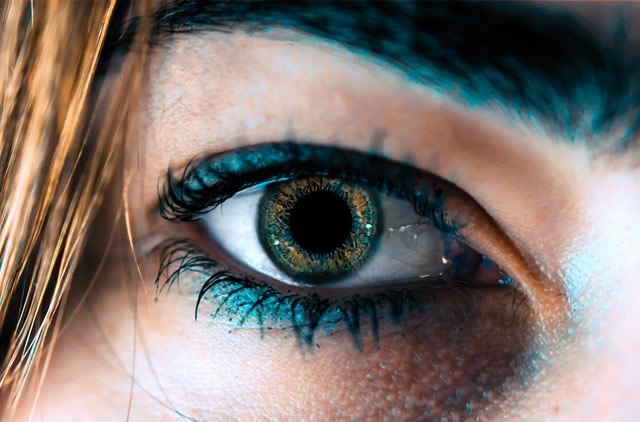Infections & Injuries Possible Due to Eye MakeupEye shadow, eyeliner, and mascara may not seem dangerous, but they can lead to a range of eye problems from minor to serious if not used properly. According to the U.S. Food and Drug Administration, in rare instances, women have been blinded temporarily, and even permanently in extreme cases, due to an eye infection caused by eye makeup. More common though are less serious makeup-related eye injuries, such as a scratched cornea. Eye makeup is also a common cause of eye irritation. While the FDA regulates color additives in cosmetics, other makeup ingredients do not require FDA approval. Permanent Makeup RisksPermanent makeup may be appealing to some people. It can save you time and give you that look of freshly applied makeup as you jump out of bed, but it does come with certain risks. One of the most common types of permanent makeup is eyeliner. Permanent eyeliner is done much like a tattoo, in a process called micropigmentation. The practitioner injects permanent ink into the skin with a tattoo pen. Risks of permanent makeup, including eyeliner, are infection, scaring, and granulomas. Granulomas are areas of inflammation that may develop around the foreign material, such as the tattoo ink in permanent makeup. There is also something obvious to consider. The makeup is permanent. If you regret the decision or the look you have goes out of style, you can’t just wash it off. Are Eyelash Extensions Safe?Eyelash extensions have become popular in recent years. Having lush, long eyelashes without needing coats of mascara is something many women love, but are extensions safe? According to the American Academy of Ophthalmology (AAO), eyelash extensions can be safe if the correct precautions are taken. Faux eyelash extensions are either mink, silk, or synthetic. They are attached to your natural eyelashes using semi-permanent glue. The faux lashes last about three weeks and fall off as the natural lashes shed. The glue used to apply the lashes can trigger an allergic reaction in some people. Also, the lashes are applied using a tweezer, so it’s essential the practitioner knows what she or he is doing to avoid an injury to the eyes. If you decide to have lash extensions, ask for a spot test on your wrist before the glue is applied to your lashes to check for an allergic reaction. Once you have the extensions, avoid tugging on your lashes, which can damage the eyelash follicles. Eye Makeup Safety & Health TipsIf you apply eye makeup as part of your daily routine, it’s helpful to keep the following tips and recommendations in mind to avoid eye injuries and infections:
As long as you use it properly and take the precautions listed above, eye makeup is usually safe. If you do injure yourself while applying makeup or think you may be experiencing signs of an eye infection such as pain, itching, redness, or discharge, see your eye doctor as soon as possible. If you have any questions about your eye health, makeup, or cosmetics or you would like to schedule an appointment with one of our eye doctors, please call our office at 508-746-8600. We hope you found our posts on Women's Eye Health and Safety Month & Sports Eye Safety Awareness Month helpful. Please check back with us soon as we cover UV Awareness Month and Healthy Vision. Comments are closed.
|
EYE HEALTH BLOGCategories
All
Archives
July 2024
|
|
Kadrmas Eye Care New England
55 Commerce Way, Plymouth, MA 02360
14 Tobey Road, Wareham, MA 02571 133 Falmouth Road (Rt 28), Mashpee, MA 02649 |
Phone Number:
1-508-746-8600 Hours: Monday through Friday — 8 AM – 4:30 PM |


 RSS Feed
RSS Feed
